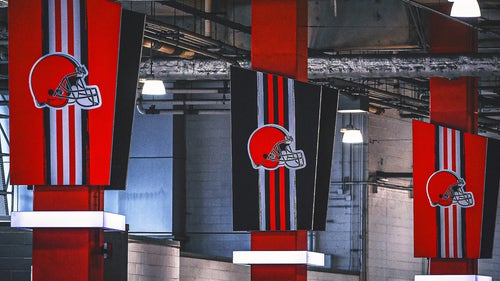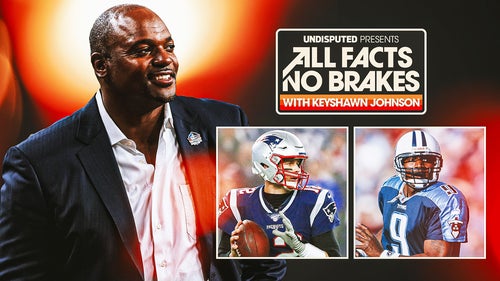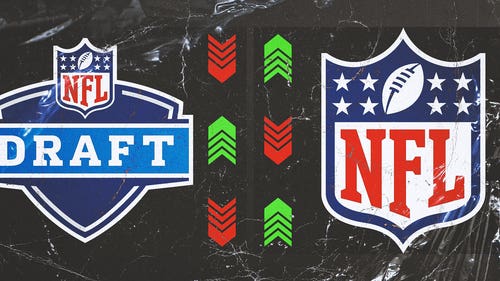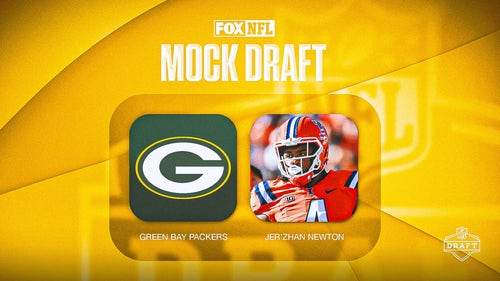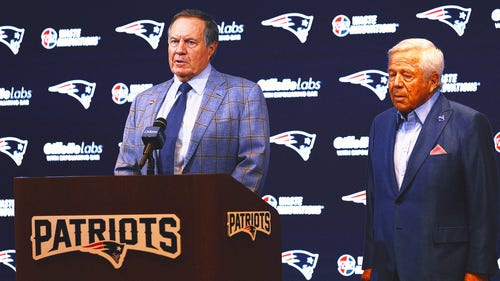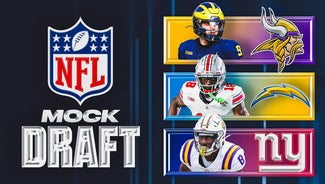
Dallas-Seattle: Cowboys can run through Seahawks and rest of NFC
In each of the past three seasons, the Dallas Cowboys have finished with an 8-8 record in roller coaster-like fashion. Good games followed by bad games, great games followed by horrible games, perhaps no team in the NFL has been more inconsistent than the Cowboys over that span. One thing that has been consistent, however, is a poor run game. The Cowboys finished the last three seasons ranked 24th, 31st and 18th in the NFL in rush yards per game, but this season that has changed.
The Cowboys are second in the league this year with 160 yards per game, and DeMarco Murray is on fire. He leads the league with 134 yards per game and it’s not even close – the next closest runner is averaging 101 per game (Arian Foster, Houston). Murray became the third back in NFL history to open the regular season with five straight 100-yard games, joining Jim Brown (1958) and O.J. Simpson – the only back to achieve the feat twice (1973, 1975).
A healthy Murray is as good of a runner as you’ll see in the NFL – and a healthy Murray makes the Cowboys a team as good as any other in the NFL.
In 36 career starts, the Cowboys are 8-3 in games where Murray rushes for 100-plus yards and 12-13 when he rushes for fewer. When the Cowboys are able to run the rock effectively, Tony Romo is much better, too. When Dallas clears 100 yards on the ground, Romo has a 103.5 passer rating with 120 TDs and 45 interceptions (when it doesn’t, those numbers are 88.9, 94 and 58).
In 2014, the Cowboys have been better than any other team in the NFL at running the ball on first down averaging 5.64 yards per attempt. As a result, Romo has enjoyed the luxury of having more third-and-short situations (three yards or fewer) than any other NFC team save the Giants, who have also had 22.
The Cowboys’ run game -- led by Murray and an offensive line that consists of three first-round draft picks -- has given them consistency, and as a result they sport a 4-1 record and have become one of the hottest teams in the NFC. Their run game is what gives them a shot this weekend to do what only one team has done during the Russell Wilson Era – win in Seattle.
Let’s break down the tape for a closer look at how the Cowboys and Murray can run through Seattle and the rest of the NFC in 2014.
THE COWBOYS’ SIMPLE GENIUS
When I broke down the tape of the Cowboys’ run game, I was surprised by the simplicity of it. I figured I’d see a lot of different formations and several different run concepts – which overwhelmed defenders and challenged them mentally – forcing a lot of misfits and mental errors in the run game. That couldn’t have been further from reality. Dallas’ run game is as simple as it gets.
In their past two games, the Cowboys used the zone play, stretch play and a Bim-o about 95 percent of the time. That’s right, just three different runs. What’s even more impressive is they ran these out of basically two formations. They are so confident -- and effective -- with what they do that there’s no need for any bells and whistles.
Romo said, "When you're really good … Seattle runs the same defense each week and people have a hard time with it because they are really good. I think once you find your ability to do something consistently, it lets you know that you're probably going to be able to have it for the rest of the year."
Let’s look at those three plays in more detail.
1) Zone play
In Dallas’ version of the zone play, two of the opponent’s down linemen will get double-teamed at the snap of the ball. On the play shown here, it is the left guard (65) and center (in front or Romo, 9) working together on the left while the right guard (70) and right tackle (68) work together on the right.
Each of these tandems are taught to stay on the double-team (600-plus pounds blocking one man) as long as possible. They do this until the linebackers commit to a gap, at which point the offensive lineman to that side comes off the double-team to engage him. Here’s how it sets up:

As you can see in the photo, Murray (29) takes zone steps (shoulders square to the line of scrimmage) so that he can hit one of three gaps that span from the front side of the play to the backside. His key is the linebacker to the right of the formation. The decision and flow of that linebacker will determine which gap Murray will hit.
In the next photo, you can see how the offensive linemen -- and double-teams -- begin to work together at the snap of the ball. The linemen are looking through the down lineman they are blocking to the linebacker, waiting to see if they should come off the double-team to block the linebacker.

In the next photo, you can see the double-team tandem on the left separated so that the center could climb up to the second level to block the linebacker on the left. The double-team on the right, however, is still able to continue to mash and drive the down lineman because the linebacker still hasn’t moved!

That’s bad technique by the Saints’ linebacker who should move to a gap to “pull the double-team off” of his defensive lineman in front of him. Murray is looking at a gaping hole in front of him as a result, and he hits it for an explosive run against the Saints.
2) Stretch play
Unlike the zone play that can hit anywhere – front side or backside – the stretch play is designed to hit one side of the defense. Because of the running back’s footwork and the steps of the offensive linemen, the stretch play forces the defense to run laterally at the snap of the ball. The running back sprints to the edge of the defense before he even takes the handoff, which forces the linebackers to “rip and run.”
Here’s how it sets up:

In the next photo, you’ll see Murray’s shoulders are turned to the sideline, but his eyes are on the backside linebacker to see how quickly he enters pursuit.

If the running back sees the backside linebacker slow-play the stretch, he’ll continue to push the ball to the edge of the defense. If he sees the backside linebacker flow fast – knowing the defender will not be able to put on the brakes – he’ll get downhill immediately instead of continuing to stretch the ball to the sideline and that’s exactly what Murray did here for a big gain.

3) Bim-o
For all you football geeks out there, you know the Bim-o is nothing more than a traditional Power-o that is run to the weak side of the formation instead of the strong side. They still pull the backside guard to lead up through the line, but Dallas’ version is unique.
Instead of having a fullback seal the edge out of the backfield in an I-formation, they run it out of a one-back shotgun set and use a tight end (Jason Witten here, 82) from the opposite side of the formation to do so.

The Bim-o is the trickiest of Dallas’ runs. Having to see a puller (the tight end in this scheme) come from outside of the interior of the line is difficult for defenders. Witten was able to seal the right side of the defense – giving Murray the corner – from the complete opposite side of the formation.

With great scheme, execution and then Murray’s ability to make one man in the secondary miss, the Cowboys won this down to the tune of an explosive run of 15 yards and a touchdown.
WHY DALLAS IS A BAD MATCHUP FOR SEATTLE
In 19 games since the beginning of last season, the Seahawks are 6-4 when allowing 100-plus rush yards and 9-0 when allowing fewer than 100 rush yards. Seattle has an outstanding defense, but they are at their best when they can play cover 2-man in the secondary.
Being that Dallas uses a three-wide receiver set most of the time, that would mean the Seahawks would have to stop the run with only six men in the box. I’m not sure that’s possible based on how well the Cowboys have been executing the runs we looked at above.
Murray is averaging over five yards per carry and has 20 explosive runs (10-plus yards). The next closest runner has only 12 (Justin Forsett, Baltimore).
I look for Seattle to play more single-high safety defense, bringing the other into the box to stop the run. While the key for Dallas has been to run the ball effectively, it will now be upon Tony Romo, Dez Bryant, Jason Witten and Co. to move the chains by taking advantage of the additional one-on-one matchups they’ll get versus the Seahawks’ secondary.
If Romo is accurate in this game, and the Cowboys’ receiving corps outperforms the Seattle’s cover men, the Seahawks could be in trouble and the rest of the NFC will be put on notice.
Coy Wire played college football at Stanford before a nine-year NFL career in Buffalo and Atlanta. He's currently a college football analyst for FOX Sports 1 and writes for FOXsports.com. Follow him on Twitter @CoyWire.







































































































































